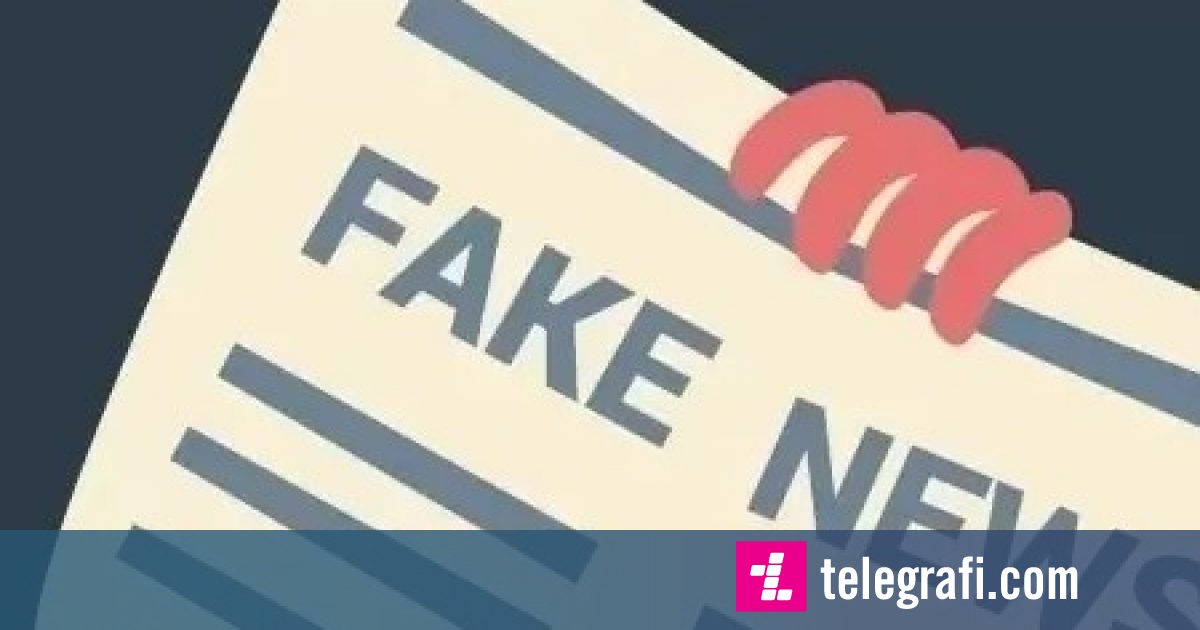During the first 150 days of the war in Ukraine, 1,573 fake news were published, with media from Serbia being the most common source of disinformation. This is where Sputnik Serbia, Informer, Novosti portal and Alo lead.
This is stated in a recent research done by SEE Check, adding that money is the main motive of these media for spreading propaganda.
"Most of the misinformation comes from the media in Serbia.
The Serbian edition of the Russian news agency Sputnik is in first place in terms of the number of articles with 33 of them, followed by Informer with 32, Novosti with 30 and Alo with 28 news," the report states.
The research showed that among the 20 sources with the most inaccurate or manipulative articles, 16 are from Serbia and two each from Montenegro and Bosnia and Herzegovina.
Among the media from Serbia, the tabloids dominate, which without exception are politically favored by the current rulers.
One of the misinformation from Serbia is the one about the pressure being put on the country due to the non-imposition of economic sanctions against Russia, so sometimes on the basis of these news it is claimed that "Serbian authorities are greater victims of the war in Ukraine than the people themselves Ukrainian".
The main Facebook with the largest number of misinformers, with 217 sources, writes KosovaPress.
When it comes to the types of manipulation, the most common is "fake news", which occurs through two different assessments - "fake news" when it comes to inaccurate claims and "fake news" when it comes to the same claim that is relayed in other sources.
This type of manipulation has been recorded more than 640 times.
Also, the report showed that a large number of texts and publications manipulate facts or 331 news and contain disinformation or 269, indicating that news about the war in Ukraine is often not completely fabricated, but rather a combination of accurate claims and inaccurate and this information is presented in a manipulative and selective manner.
The manipulative headlines (Clickbait), which were 116, prove that economic motives are also present in disinformation about the war in Ukraine.
The manipulative and inaccurate claims were published by 698 different sources across the region.
In addition to 342 sources from social networks, where the most alarming data is that nine public or state media publish inaccurate and manipulative claims.
The report also includes a summary of narratives that include everything from justifying the Russian invasion of Ukraine with accusations of the existence of biological laboratories, the existence of Nazism in Ukraine or defense against NATO, through the discrediting of the president of Ukraine and the connection with theories different conspiracy.
In the end, the research shows that the biggest difference compared to pro-Russian disinformation is that there is less such news, which is not as viral, does not have sources from officials and institutions, unlike Russian propaganda narratives.
/KP/
